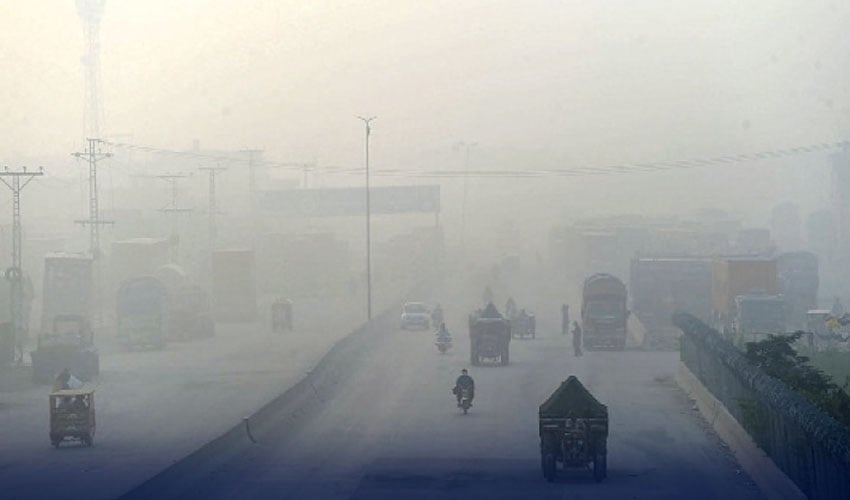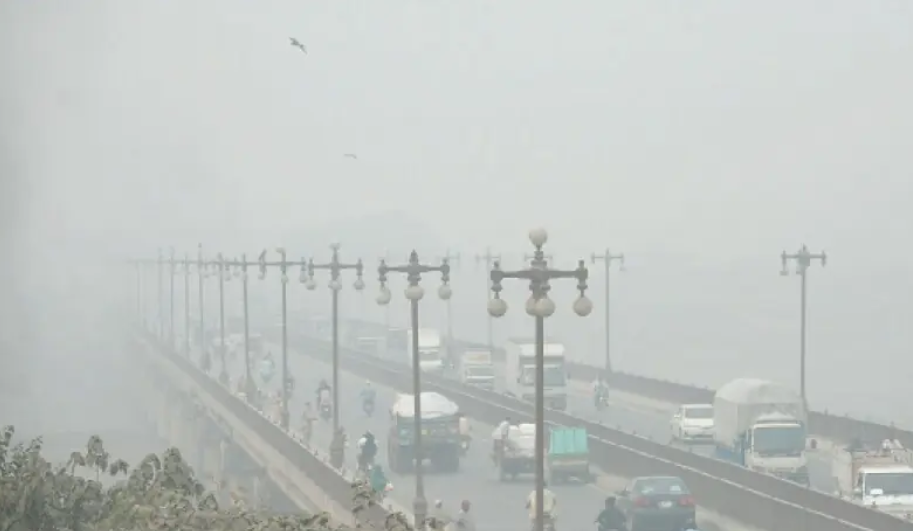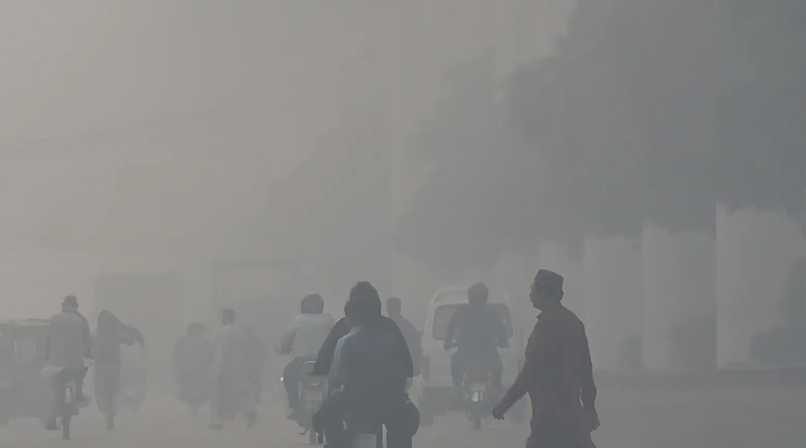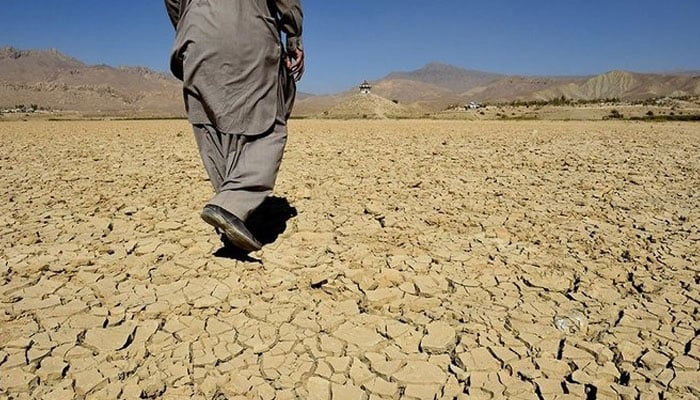Climate
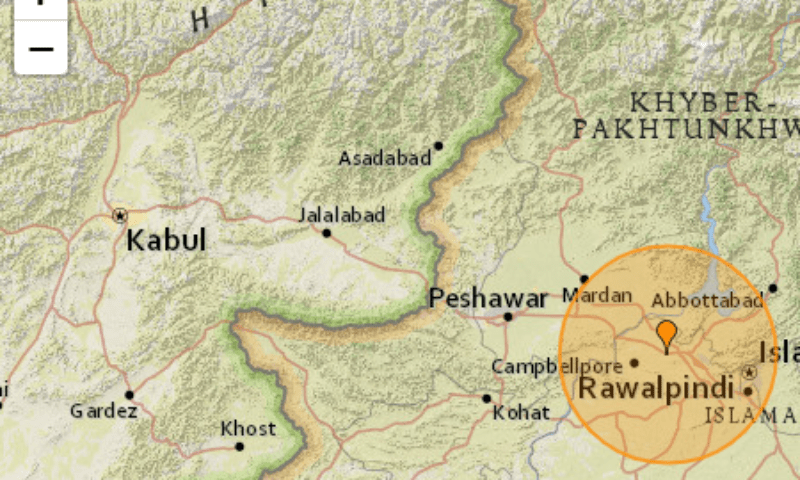
A 5.5-magnitude earthquake struck near Islamabad and Rawalpindi on Saturday afternoon, triggering panic but causing no reported damage or injuries. The tremor followed another quake earlier in the day that jolted parts of Khyber Pakhtunkhwa (KP), as seismic activity continues across the region.
According to the National Seismic Monitoring Centre (NSMC), the earthquake occurred at 12:30pm, with its epicentre located 60 kilometers northwest of Rawalpindi and a shallow depth of 12 kilometers. However, the United States Geological Survey (USGS) recorded a slightly lower magnitude of 5.0 and a deeper depth of 39.2 kilometers.
Tremors were strongly felt across Islamabad, Rawalpindi, and several parts of KP, prompting residents to evacuate buildings in fear of aftershocks. Despite the intensity, there were no immediate reports of structural damage or casualties.
About 35 minutes earlier, a 4.3-magnitude earthquake struck the Afghanistan-Tajikistan border region at 11:54am, according to the NSMC. The tremor, with a depth of 88 kilometers, was felt in KP’s Shangla, Swat, Mardan, Abbottabad, Haripur, Mansehra, and Kohistan districts. Another minor jolt measuring 3.8 was also recorded in the same border region at 11:26am with a depth of 109 kilometers.
Multiple correspondents from Dawn.com and DawnNewsTV confirmed that various areas in KP’s Hazara division, Swabi, and Peshawar experienced strong tremors. Notably, the earthquakes in KP and Islamabad were felt at different times, indicating separate seismic events.
Geological engineer Muhammad Rehan explained that Pakistan lies on the convergence of three major tectonic plates — the Arabian, Euro-Asian, and Indian — making it highly prone to seismic activity. The country is divided into five seismic zones, with frequent low-intensity quakes often acting as a release mechanism to prevent major earthquakes by easing pressure on tectonic plates.
Pakistan has already experienced over 20 low-intensity earthquakes in the first half of February alone, highlighting the ongoing geological volatility in the region.
Authorities have urged the public to remain calm and follow safety protocols in case of aftershocks. Emergency response teams remain on alert, although the situation is currently under control.

